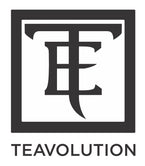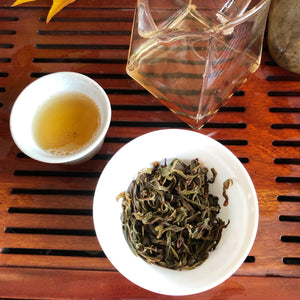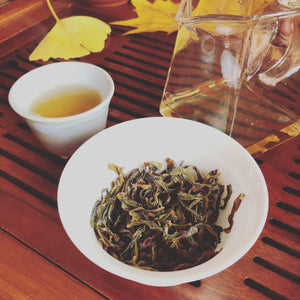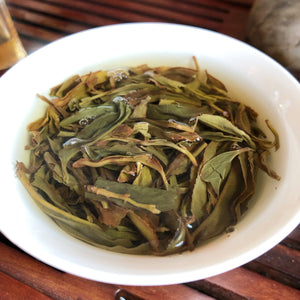
Mi Lan Xiang dancong (lao cong)
Tax included
Shipping calculated at checkout
In stock
Pickup currently unavailable
Mi Lan Xiang 老枞蜜兰香 – “Honey Orchid” dancong about old plants (2025)
Mi Lan Xiang is a classic scent type of fenghuang (phoenix) dancong oolongs, its name literally means “honey-orchid scent.” The “lao cong” designation refers to old, long-established tea bushes; these give the cup deeper, more mineral, resinous-woody layers and a denser body than younger plantations.
The spring 2025 harvest is clean, honey-sweet and long-lasting – the opening notes are orchid, followed by lychee/longan, brown sugar and subtle roasted notes.
Origin & terroir: Fenghuang Mountains (Guangdong, Chaozhou), the birthplace of the style. Wudong Mountain and its surroundings are highly regarded as the growing area for dancong teas; the mountainous, foggy microclimate and rocky soil give the tea its long-lasting, fragrant-mineral character.
Raw material & picking: old dancong bushes ( lao cong ) – the age limit of “old tree” is not uniformly defined (often ranging from several decades to 80–100+ years), but the goal is a deeper, “layered” profile. Picked in April, typically 1 bud + 2 leaves.
Processing in brief: withering → yao qing (shaking/enzymatic oxidation) → fixing → winding → drying → multi-stage, charcoal roasting ( tan bei ) with resting periods, which highlights the honey-floral and dried fruit line and gives a stable, long-lasting cup.
Taste and aroma profile: aroma of honey, orchid and white flowers; mouthfeel of litchi/longan, ripe peach, brown sugar/caramel, with subtle roasted-woody notes. Body is silky, medium-full, with a long, sweet and structured finish. The lao cong base complements the floral peaks with mineral, deeper tones.
Why it's so lovable? Fragrant and serious at the same time: the "honey-orchid" peaks typical of dancongs are supported by the deeper, calmer core of old plants. It can be brewed for a long time, gives many pours; it looks beautiful in both a porcelain gaiwan (cleaner aromas) and a porous clay pot (rounder body).
Preparation suggestions
Asian (gongfu): 6–7 g / 100–120 ml, 95–98 °C. After a short “wake-up” (5–8 sec), 1st infusion 8–12 sec, then increase gradually. 8–12+ infusions. Tip: hot water, short times – this way the floral-honey profile remains pure.
Western method: 3 g / 300–350 ml, 92–95 °C, 2–3 min. ±30 sec according to taste; can be re-soaked 1–2 times.
Cold brew: 8 g / 1 l filtered water, 6–10 hours in the refrigerator. A clean, low-tannin, honey-floral drink.
Useful tips: water with low mineral content brings out the aroma best; for a freshly roasted batch, a few weeks of rest will further round out the cup.
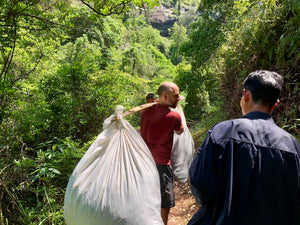
Personal contact
Our teas don't come from wholesale warehouses or unknown sources. We travel to the small producers we source from – whether it's a Japanese family tea garden, a Chinese mountain village or an oolong maker in Taiwan.
Stories
We meet them in person, learn their story, see how they care for their plants, and how they process the fresh leaves.
These experiences are the soul of our teas. This way, not only is the quality guaranteed, but also the fact that behind each cup there is a real person, a real story.
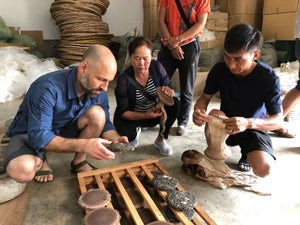
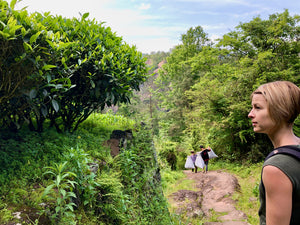
Direct
This direct relationship is valuable to us. Not only because of the excellent tea, but because we believe that trust, respect and personal presence are what make the tea drinking experience truly special.
Teavolution Tea Blog
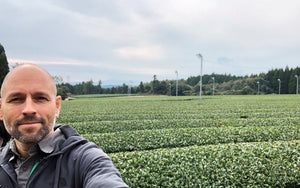
Oct 2, 2025
Sencha tea
Read more
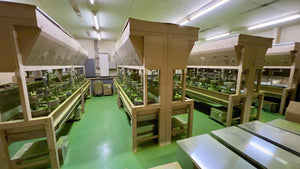
Sep 21, 2025
Matcha hiány Japánban
Read more
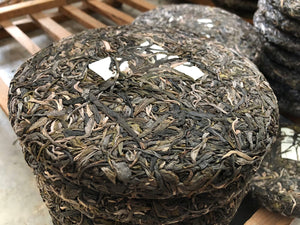
Mar 18, 2025
Puer tea, puerh or pu-erh
Read more
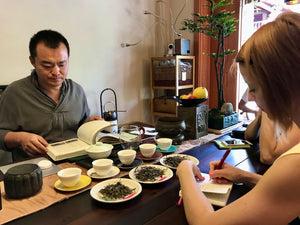
Mar 18, 2025
Types of tea
Read more
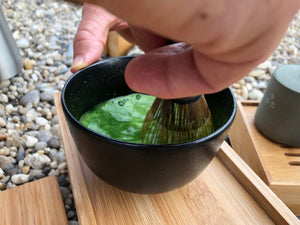
Mar 18, 2025
What is matcha tea?
Read more

Mar 18, 2025
Oolong tea (Wulong tea)
Read more
